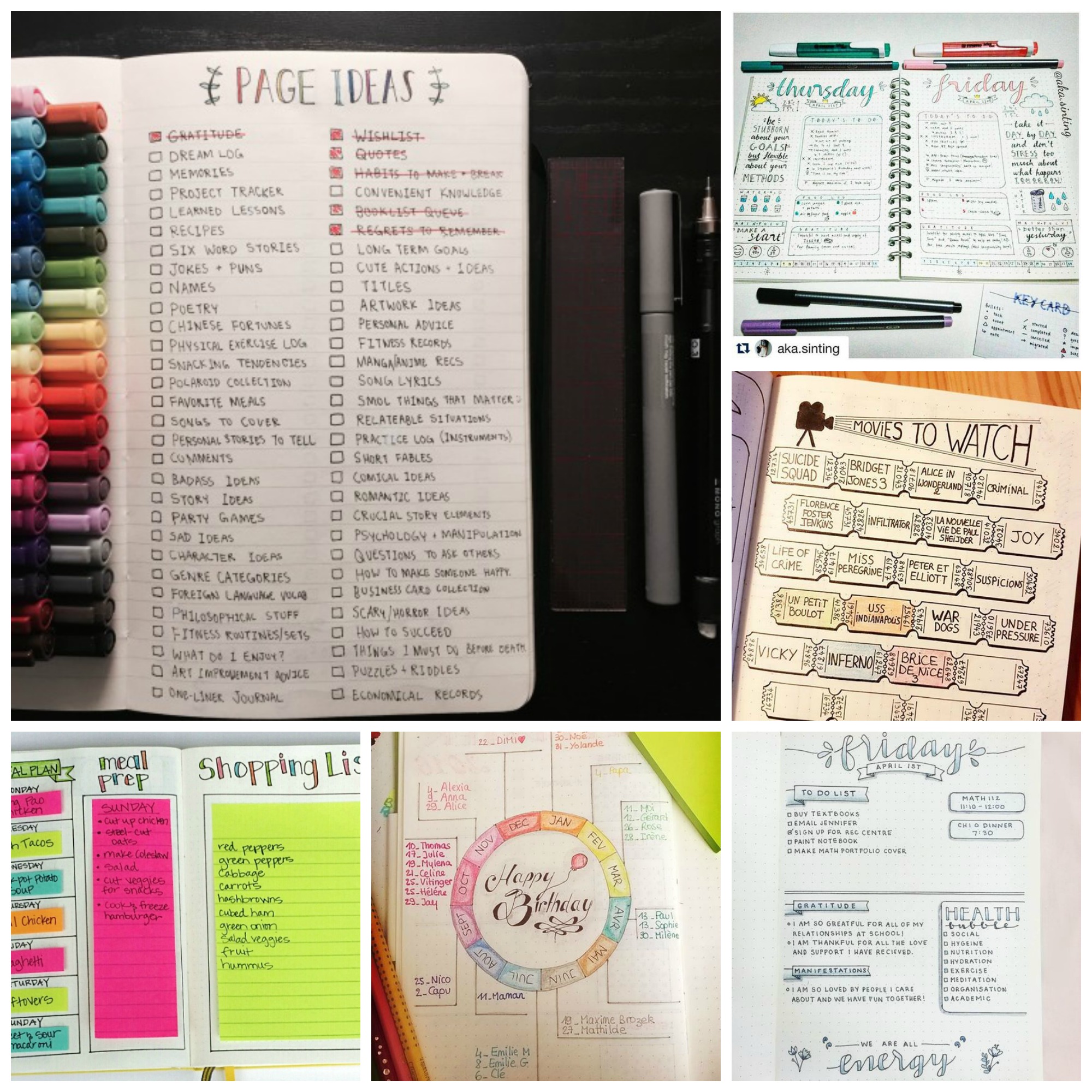
Additionally, you can add sections as you see fit. Of course, the beauty of a bullet journal is that you can put those sections in any order. Typically, bullet journals are divided into four sections instead of 12: This is in direct opposition to sticking to calendar dates as the main category, like traditional planner notebooks. One of our favorite bullet journal ideas is to use tabs to categorize information however you like. Silver and jewel-toned Ultra Tabs® from the Avery Luxe Collection are irresistibly sparkly and fun! 2) Add your own tabs to organize sections and information BuJo Typeĭetermine the best bullet journal features for your level. We’ve compiled a list of features for the best bullet journal at each stage of your journey. That is to say, they meet your needs and are able to grow with you. Best bullet journals by categoryĪll things considered, the best bullet journal ideas take into account flexibility.

When choosing your bullet journal, it’s always a good idea to consider the spine so you will be able to write in it comfortably. Conversely, spiral-bound journals will always lay perfectly flat for writing. However, there are lay-flat journals bound in such a way that they do open flat. Often, journals with traditional bound spines do not lay entirely flat when opened. Traditional journals are bound like books, meaning the spine is usually glued and sewn together. That is to say, having your writing bleed through to the other side of the page. However, if you use gel pens, watercolor markers, or permanent markers, you will need a higher GSM to prevent bleed-through (or ghosting). If you like writing with pencils or regular office pens, GSM will not matter too much. The higher the GSM, the thicker the paper is. All paper has a thickness measured in grams per square meter (GSM). On the other hand, paper thickness depends on what kind of writing tools you like to use. Truth be told, paper type is entirely a personal preference. The original bullet journal method leans toward dot paper, but lined or graph/grid paper are also fine. Next, consider the type and thickness of the paper. A4 is closer to a composition book you might use in school, but some bullet journal aficionados do love the extra space. However, the A6 is very popular with folks who journal on the go due to its small, pocket-friendly size. A5 is perhaps the most common of the three. There are three sizes of journals typically used for bullet journaling: A5 (5.8 x 8.3 inches), A6 (4.1 x 5.8 inches), and A4 (8.3 x 11.7 inches). 1) Carefully consider the best bullet journal for your needs Best bullet journal sizesįirst, consider the size of the journal you will use. A5 is usually the best place to start, but you may choose to go larger or smaller depending on your needs. Bullet journal size is the first thing you have to decide on. The bullet journal ideas listed in this article will address beginner questions and help you get started. As you fill in information, you can color code, use planner stickers, and personalize your bullet journal with decorations. Once you’ve created sections in your bullet journal, you can fill them in accordingly. The next step is to organize your bullet journal into sections.

You can do that with any pen, of course, or up your game with vibrant writing instruments in a rainbow of colors. Bullet journal users following Carrol’s basic method typically mark points with bullets, dashes, and even doodles for easy review. Then you will need one or several writing instruments, and that is where choosing your bullet journal supplies starts to matter. To do this, you will need to start with a blank notebook with either dot/grid, graph, or lined paper. Certainly, the best bullet journaling experiences start with the principles outlined by Carroll and then build on them. In short, his method combines a planner, to-do list, goals, notes, and more into one notebook. The idea of a bullet journal was first developed by Ryder Carroll in his book The Bullet Journal Method.
GOOD IDEAS FOR BULLET JOURNAL HOW TO
Free Christmas Planner Stickers and How to Print Them.



 0 kommentar(er)
0 kommentar(er)
